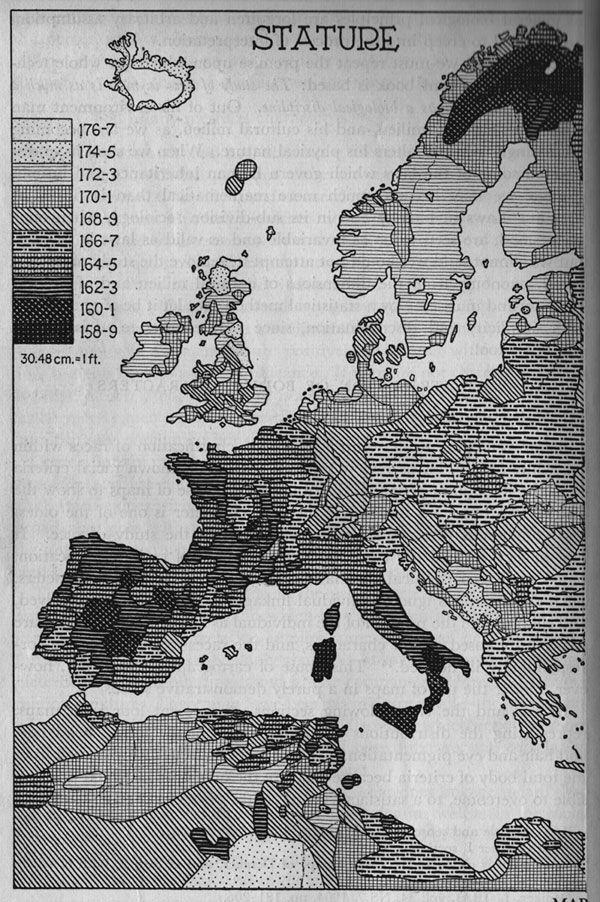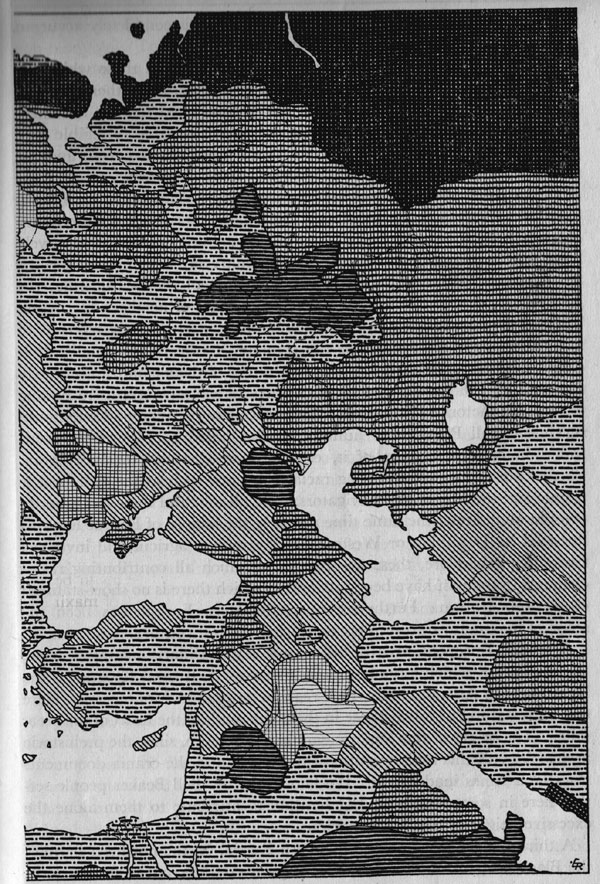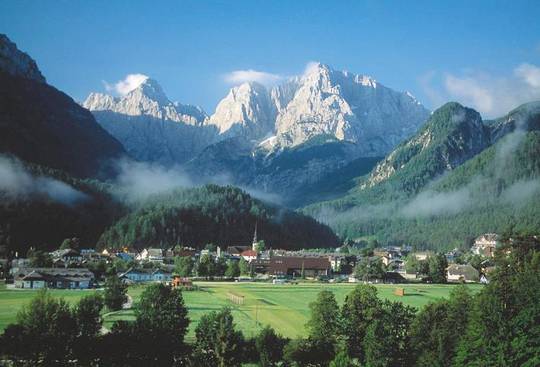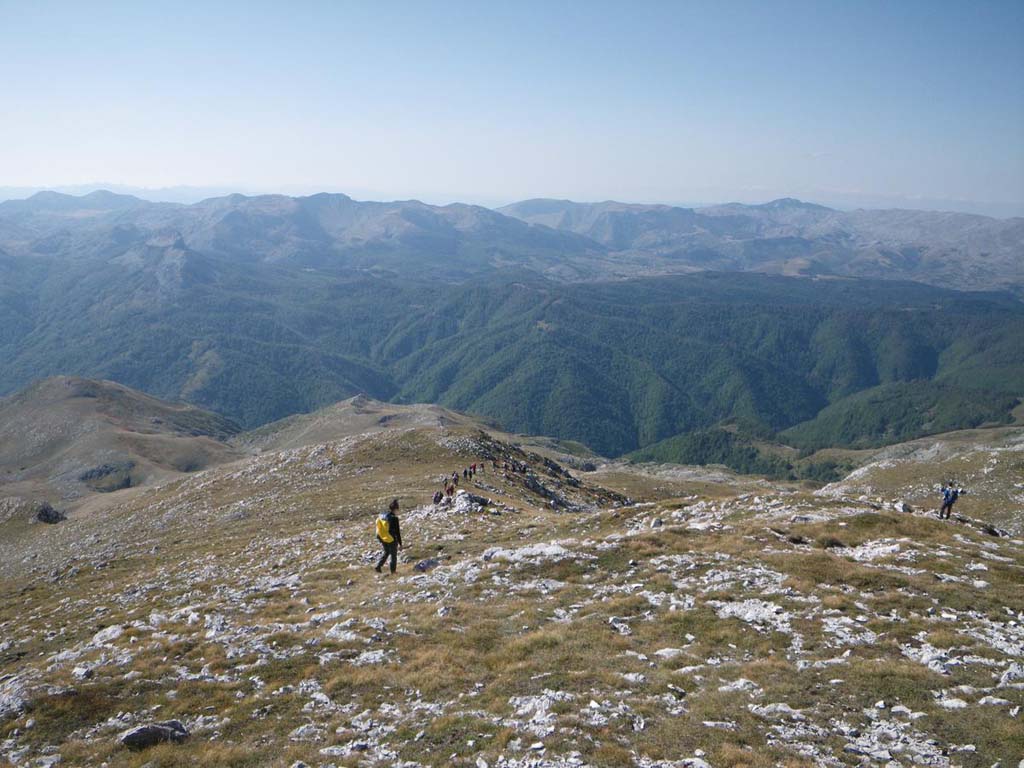Tomenable
Elite member
- Messages
- 5,419
- Reaction score
- 1,337
- Points
- 113
- Location
- Poland
- Ethnic group
- Polish
- Y-DNA haplogroup
- R1b-L617
- mtDNA haplogroup
- W6a
Now lets look at average heights in some of Slavic lands other than southern ones:
Russia 176, Ukraine 176
Russia and Ukraine both have a lot of Non-Slavic minorities. Ukraine is also very poor (= bad nutrition).
And even ethnic Russians and Ukrainians are mixed with Ugric, Turkic, Tatar, Romanian, Asian, etc. peoples.
I don't think Slavs would even look to settle there too (because land is totally unsuitable for farming).
Slavs were very good in farming on land which is hard to farm:
"(...) In more recent literature on the subject more and more clearly the old opinion about the widespread use or even exclusive use of slash-and-burn agriculture among first Slavs is being questioned, while a more complex picture of their articulture is presented. Early Slavic agriculture simultaneously knew and used various directions of arable farming, starting from intensive manual cultivation of infield allotments, through fallow system of farming, to peripheral slash-and-burn system. Realizing the many-sidedness of early Slavic agriculture allows to understand its considerable elasticity and its ability to adapt to changing conditions, (...) Slavs, while colonizing the Balkan Peninsula as well as some parts of Eastern Alpine countries, initially settled mainly in abandoned territories, which had not been in agricultural use already for long time and were often overgrown by forests. Due to this fact activity of settlers had to be directed first of all towards recultivation of those areas with use of traditional method of burning forests. In this sense we can talk about intensification of slash-and-burn agriculture in initial period of Slavic colonization of the Balkans. Excerpts from Nomos georgikos (Farmer's law) cited to support this theory, refer to the use of fire in order to cleanse and reclaim from nature pieces of land for agriculture. About this kind of activity of Slavic settlers we are informed also by document of Bavarian duke Tassilon from year 777 written for monastery in Kremsmunster: "We grant also this land, which had been brought to condition suitable for cultivation by these Slavs (...), below the place which is called Las, near Todicha and Sirnik" (...)"
Garden plants - especially leguminous plants - had a very important place in Slavic agriculture.
Someone also claimed in this thread, that agriculture was "everything" for Slavs.
This is not true. Slavs were known as farmers because they were good farmers. But it doesn't mean they couldn't do other things.
Slavs also worked as artisans during Slavic-Avar military campaign.
Slavic carpenters and boatbuilders constructed the fleets which attacked Constantinople in 624 AD and Thessaloniki in 614-616 / 620 AD.
Slavic fleet also blockaded the harbour of Thessaloniki in years 674-677.
Slavic piracy was very widespread in the Aegean Sea and in the Adriatic Sea. They plundered Greek islands and parts of Italy.
L. II, IV, 190, 102 of Miracula S. Demetrii writes that Slavic people had many skilled artisans - carpenters, joiners and smiths.
L. II, IV, 190, 101 - 102 says about a Slavic foreman and his artisans - who were ordered to construct a sophisticated siege tower. The same source says about specialization among Slavic smiths. For example, some of them specialized in producing arrowheads.
Kurnatowska also writes, that there are proofs for existence of goldsmiths and other metal-workers in early Slavic settlements.
While Slavic carpenters, joiners, smiths and producers of arrows were skilled, it seems that there were no professional potters in Slavic societies.
Slavic pottery was produced by each family on its own, rather than by artisans specialized in producing pottery (Kurnatowska, page 69).
====================================
Slavs also lived much more westward than the source of Vistula you mentioned.
Not in 500 AD.
Slavs started moving westward and northward into Poland and East Germany only after year 518 AD. Here are two maps from "Germanie na ziemiach polskich w zaraniu średniowiecza" ("Germanic peoples in Polish lands at the beginning of the Middle Ages") by Polish historian Adam Sengebush:


A recent study on mtDNA in Iron Age Poland confirms that there is continuity of maternal lineages in Poland from ancient times to now:
"Ancient DNA Reveals Matrilineal Continuity in Present-Day Poland over the Last Two Millennia":
http://journals.plos.org/plosone/article?id=10.1371/journal.pone.0110839
So expanding Slavic invaders (maps posted above) perhaps decimated Germanic males, but took Germanic females as their wifes.
The same could later happen in the Balkans and that's why we don't see much Germanic Y-DNA there.










